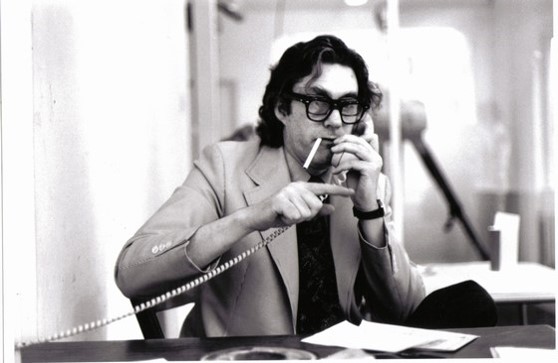Walter Hopps
Born 1932 in Eagle Rock, CA, Hopps founded Ferus Gallery with artist Ed Kienholz in 1957, and left the gallery in 1962 to become the curator at the Pasadena Museum of Art. In 1967, he moved to Washington, D.C. to begin working for the Institute for Policy Studies, but by mid-year left to run the foundering Washington Gallery of Modern Art. In his first year he would organize exhibitions by Frank Kienholz, Frank Stella, and Lloyd McNeill’s controversial 132-hour multimedia work entitled “Intercourse.”
When the Washington Gallery of Modern Art was dissolved, the Corcoran took over lease of the Gallery’s space, and Hopps transitioned to become Director of the new Corcoran Gallery at Dupont Center. In 1969 he became Director of the Corcoran Gallery of Art, a position he held until 1972, when he moved over to the National Collection of Fine Arts (now the Smithsonian American Art Museum) to serve as a curator of 20th century American Art. He left that position for the Menil Collection in 1979.
During Hopps’ time in Washington, he assisted local galleries, like The Jefferson Place and Frasers Stable, with exhibitions and installations. In 1972, he worked as the Commissioner of the US Pavilion at the Venice Biennale, where he selected the works of Sam Gilliam—among others—to represent the United States.

Image courtesy Paul Richard [#300]